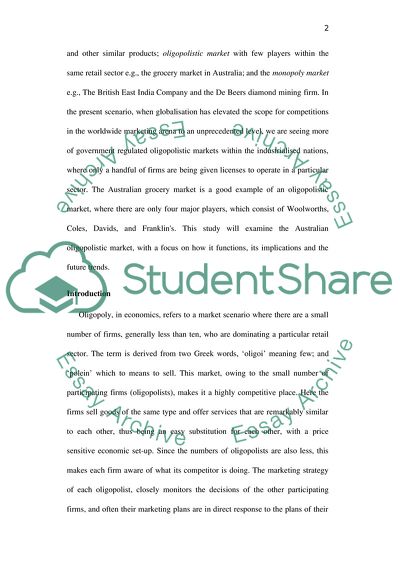Cite this document
(“An Oligopoly: the Australia grocery market Essay”, n.d.)
An Oligopoly: the Australia grocery market Essay. Retrieved from https://studentshare.org/miscellaneous/1569195-an-oligopoly-the-australia-grocery-market
An Oligopoly: the Australia grocery market Essay. Retrieved from https://studentshare.org/miscellaneous/1569195-an-oligopoly-the-australia-grocery-market
(An Oligopoly: The Australia Grocery Market Essay)
An Oligopoly: The Australia Grocery Market Essay. https://studentshare.org/miscellaneous/1569195-an-oligopoly-the-australia-grocery-market.
An Oligopoly: The Australia Grocery Market Essay. https://studentshare.org/miscellaneous/1569195-an-oligopoly-the-australia-grocery-market.
“An Oligopoly: The Australia Grocery Market Essay”, n.d. https://studentshare.org/miscellaneous/1569195-an-oligopoly-the-australia-grocery-market.


